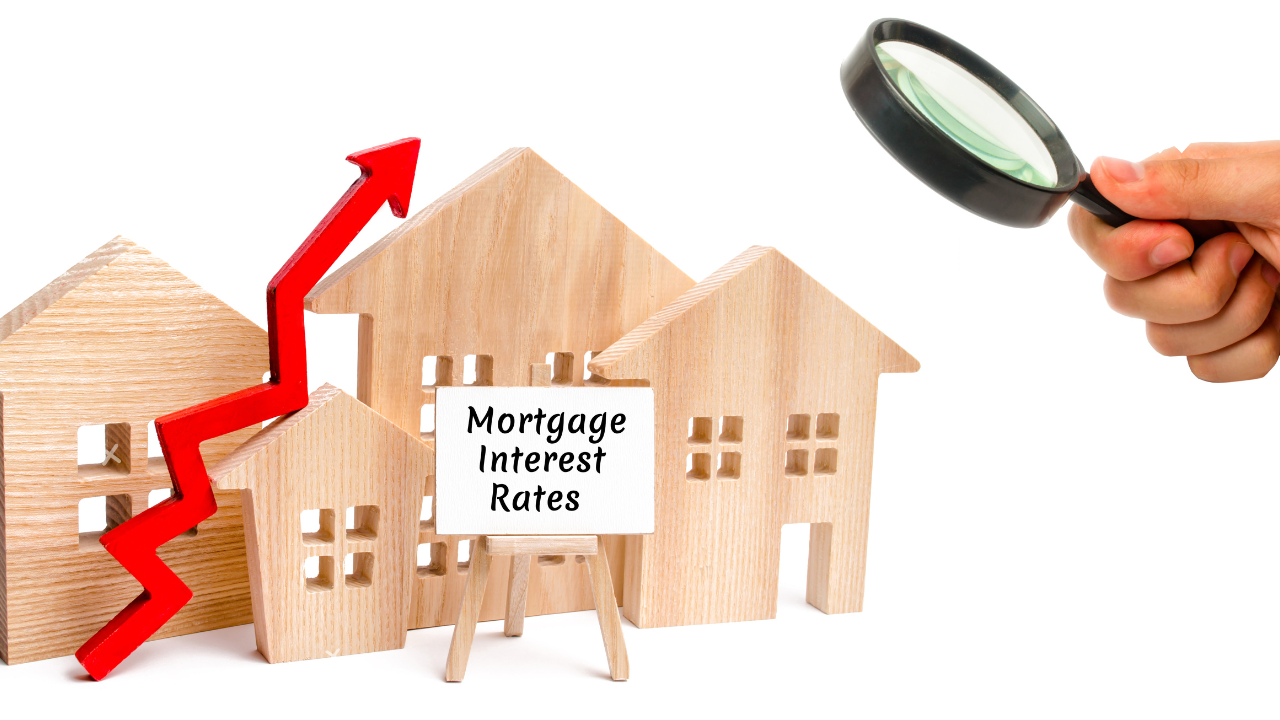How to borrow to buy and keep buying
Key takeaway: Applying for a home loan involves strategy and planning, equipping you with what you need to build your portfolio.
Building a property portfolio is the dream of many investors, but dealing with the realities of applying for a home loan is not.
Luckily, there are several steps you can take to ensure you get the process right, leaving you better prepared to tackle the market head on.
Today, we take you through the finer details of leveraging to buy property and how you can ensure you get your portfolio off on the right foot.
There are several considerations when preparing to invest in property and one of the most important ones is the structure of your loan.
Applying for a home loan involves strategy and planning, two words not regularly associated with the application process. This is why, unfortunately, many would-be investors can never get past the first or second property.
Every lender is different in how they assess an applicant’s borrowing capacity. The type of property can also determine which lender to use.
The first thing an investor needs to consider is reducing or paying off other debts, including credit cards and personal loans. This will automatically improve your borrowing capacity.
Lenders often factor in the credit card limit, rather than what is owed on the card, so reducing these limits will allow the applicant to be better prepared.
There are a number of lenders that will be generous with borrowing capacity by only taking into account the repayments investors owe on existing debts.
Many other lenders will add to the interest rate of borrowers they judge harshly, hurting an applicant’s ability to borrow the money they need.
New debt with these lenders will be calculated at a higher rate, as lenders need to be sure the borrower will be able to afford the loan should rates rise.







